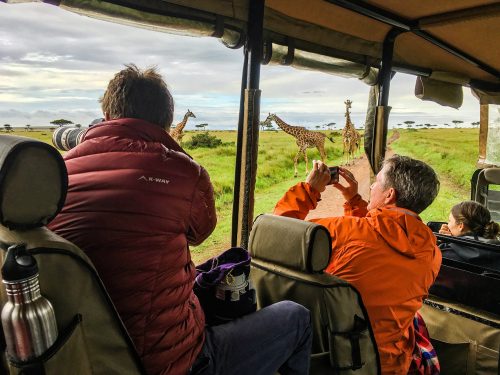
Not everyone goes on safari with a fancy dSLR camera. Everyone, however, is attached at the hip (literally) to his or her smartphone. Today there are more safari-goers taking photos with their phones than there are with impressive cameras and hefty lenses. And why not? Today’s cameras on phones are remarkable, capturing images big cameras weren’t capable of little more than a decade ago. Even those who carry the swanky gear will sometimes favour a simple camera phone, perhaps for ease, or a quick candid, or maybe even because the phone can capture an image that bigger cameras cannot. Not to mention, thanks to apps like Photoshop Express (a simplified phone version of Adobe’s blockbuster photo-editing product), it’s possible to up the camera phone game even more. This week we shake it up a bit, and focus exclusively on peering through the lens of a phone (with the help of several friends).

Camera phones don’t have the capacity to zoom like a dSLR or even the better point-and-shoot cameras (though there are some pretty cool “zoom lens” attachments for phones these days), but they can still take decent wildlife photos depending on your position relative to the subject, and how you frame the subject relative to its environment. [Photograph by Tyler Davis, iPhone SE]
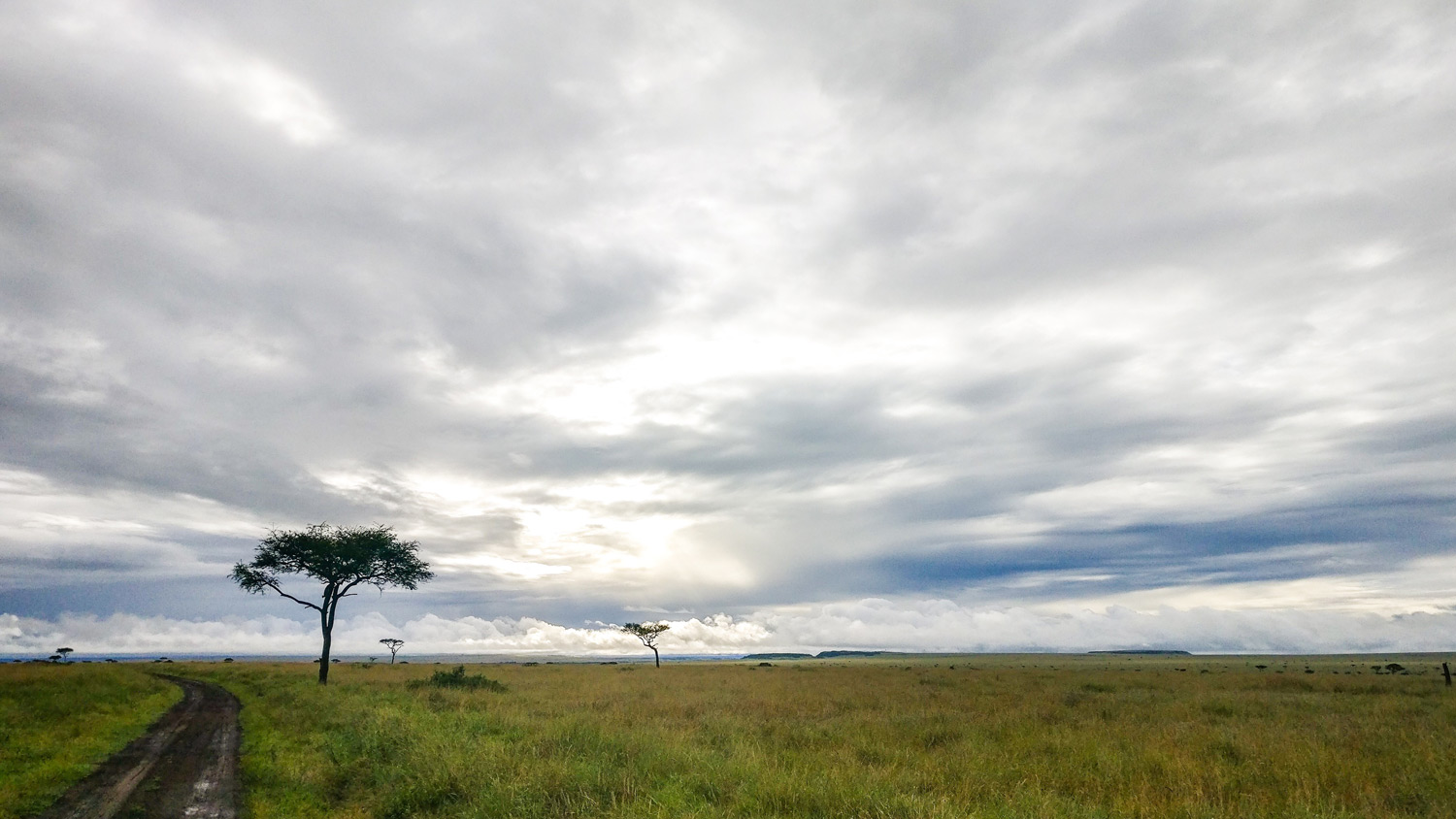
In addition to wildlife, I believe another genre of photography many visitors come to the Mara for is landscapes. And similar to wildlife, most might think a dSLR is necessary to get a good shot. If the truth be told, capturing a quick landscape is probably one of a camera phone’s greatest strengths. This is a great example, showing quintessential Mara: vast savannah, expansive skies, dramatic clouds, scattered Balanites trees at varying distances, and a dirt road wending off towards the horizon. [Photograph by Hattie Ramsden, One+ 3]
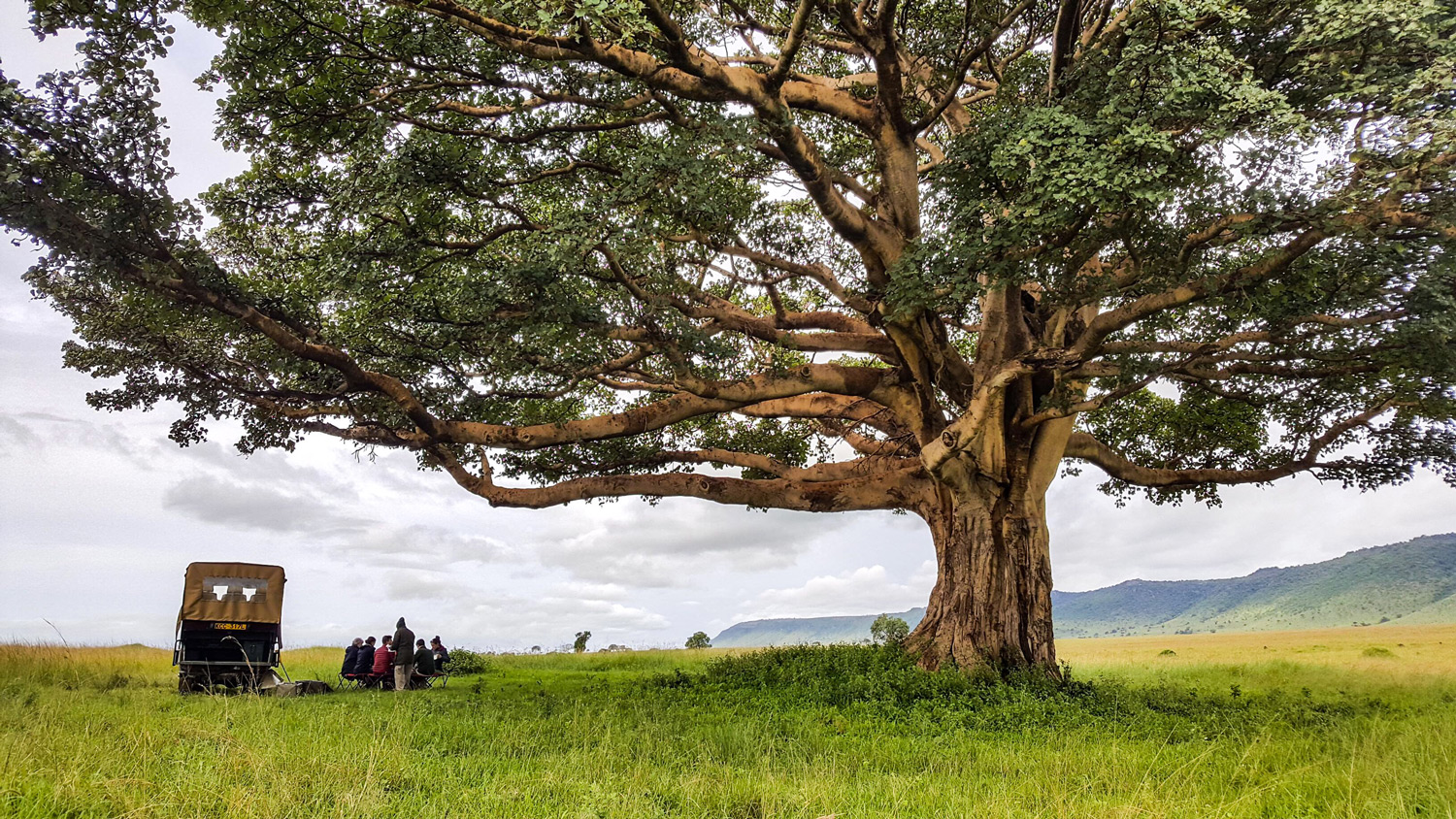
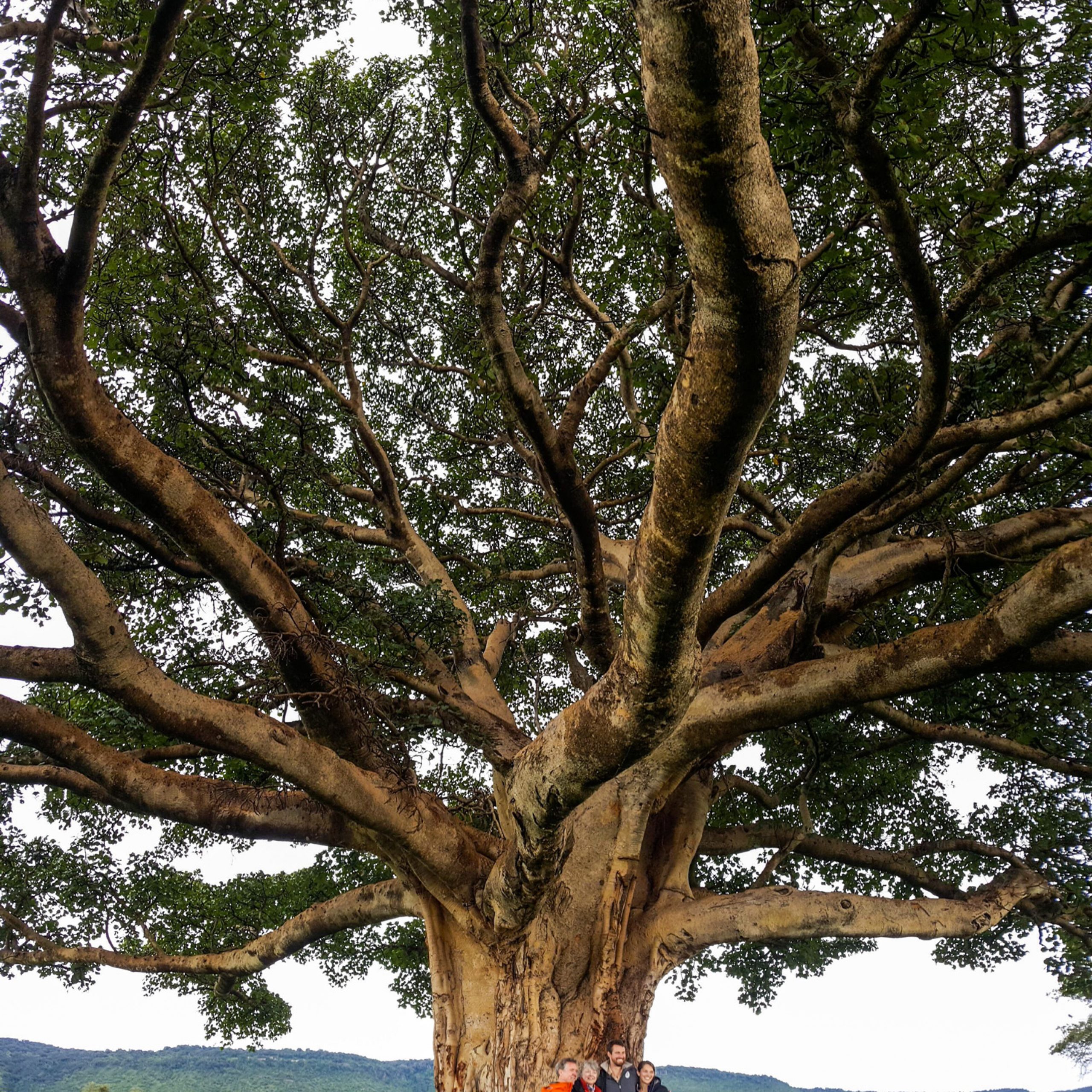
The capability of camera phones to simultaneously take and stitch photos together, creating panoramas, is undoubtedly one of their best attributes. Here, at what might be our favourite picnic tree in the Mara, are two examples of how excellent photos can be taken using the pano function: one horizontally, and one vertically. [Photographs by Nikki Best, Samsung Galaxy S6]
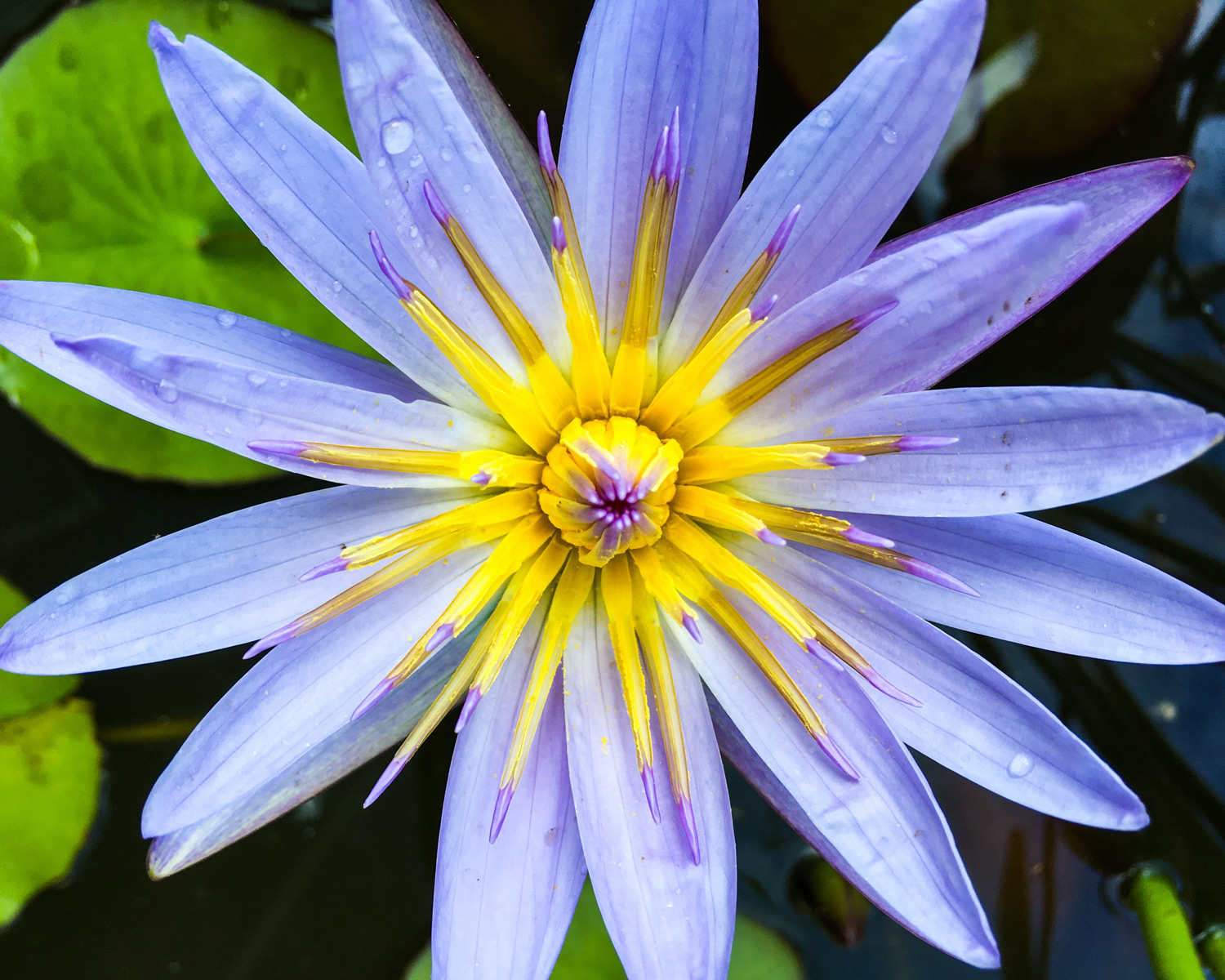
An area where camera phones excel is with close-ups. Tiny lenses equal tiny close-focus ranges, making them great for simple macro-photography. This is one of our beautiful lilies growing in the pond of South Camp guest area. [Photograph by Tyler Davis, iPhone SE]

Another area where camera phones are fantastic is capturing a quick candid. No worries about settings or fitting the appropriate lens; just turn, point, and shoot when you see something fun, special, or just generally worth remembering. [Photograph by Tyler Davis, iPhone SE]
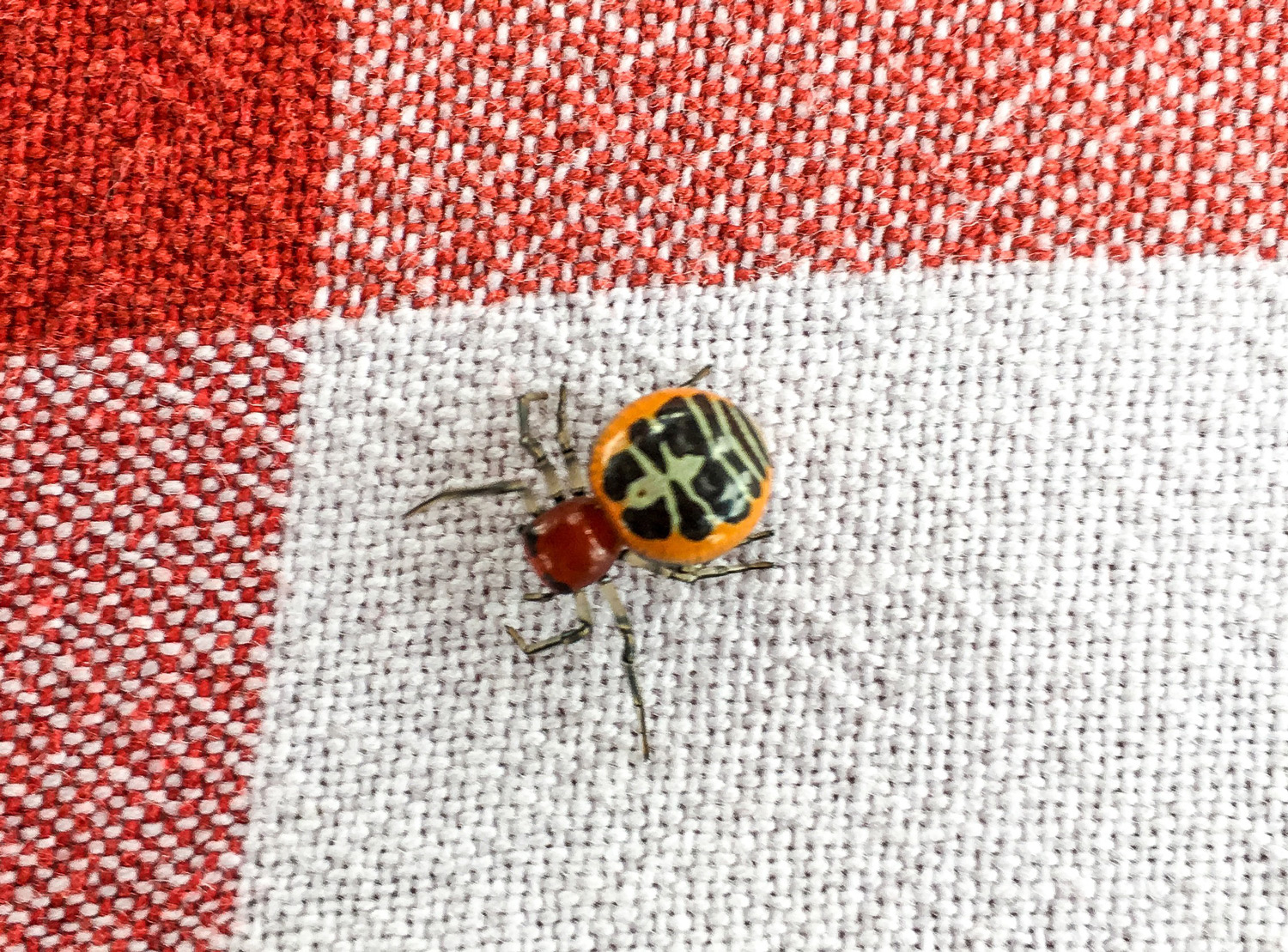
A “record shot” is a just what it sounds like – a photograph to record something unusual, even if the photo itself isn’t terribly compelling. Camera phones are perfect for this. Here’s an amazing little spider that our friend Hattie found while we were enjoying a picnic lunch out on a game drive. The paucity of arachnologists in the vehicle meant we needed to snap a few quick photos (even if slightly blurry) for future reference, which later allowed us to identify this as the Ladybird Crab Spider, Camaricus nigrotesselatus. Another reason to take record shots? To disprove those who claim “photos or it didn’t happen!” Just ask Nicky about the leopard and crocodile sharing a zebra dinner. [Photograph by Tyler Davis, iPhone SE]
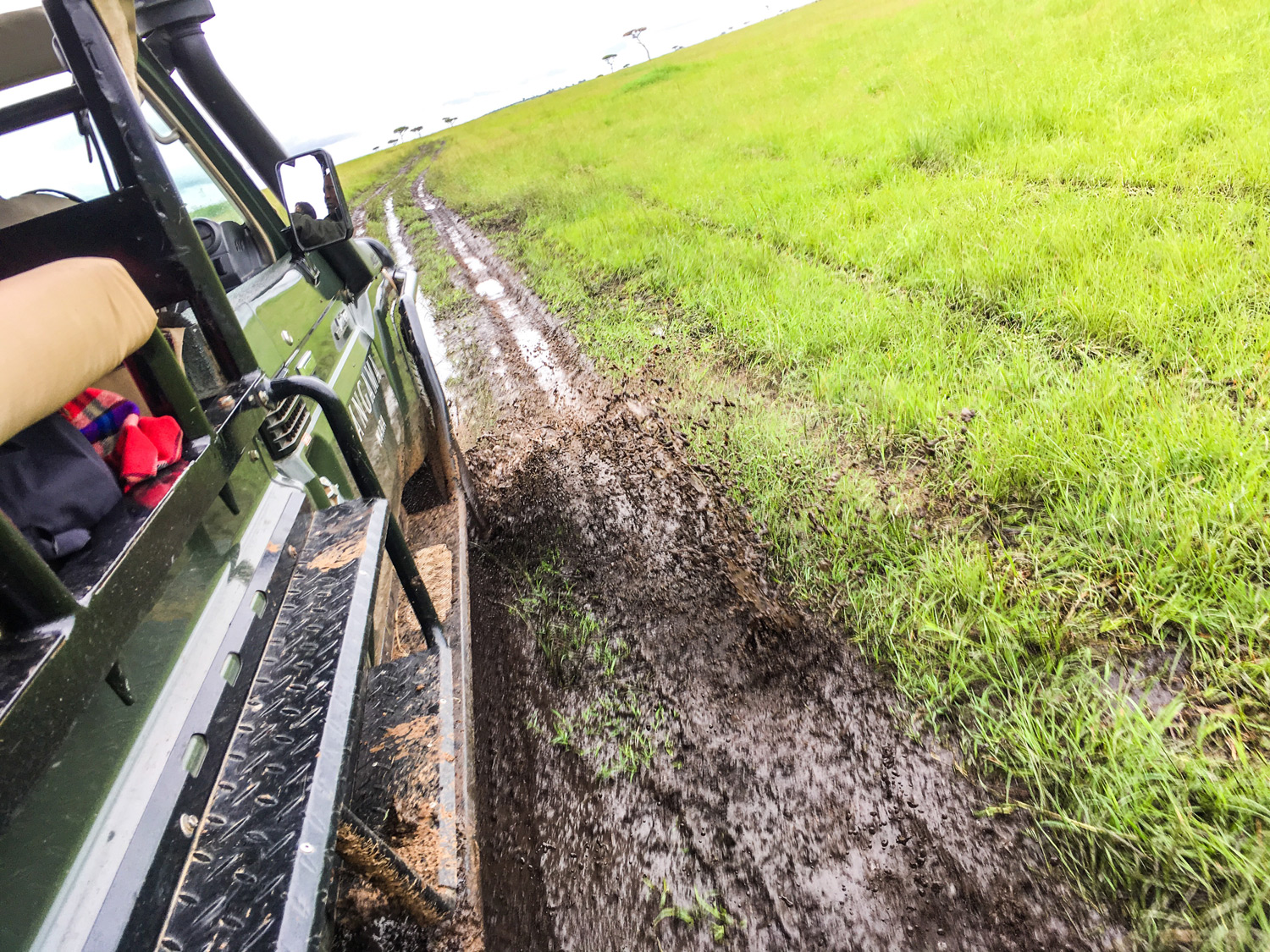
A phone’s small size and ability to hold and take a picture with one hand allows for great freedom of movement and flexibility with angles and viewpoints. This increased ability for easily taking photos from alternative and unique perspectives is yet another reason why camera phones are so versatile. [Photograph by Tyler Davis, iPhone SE]
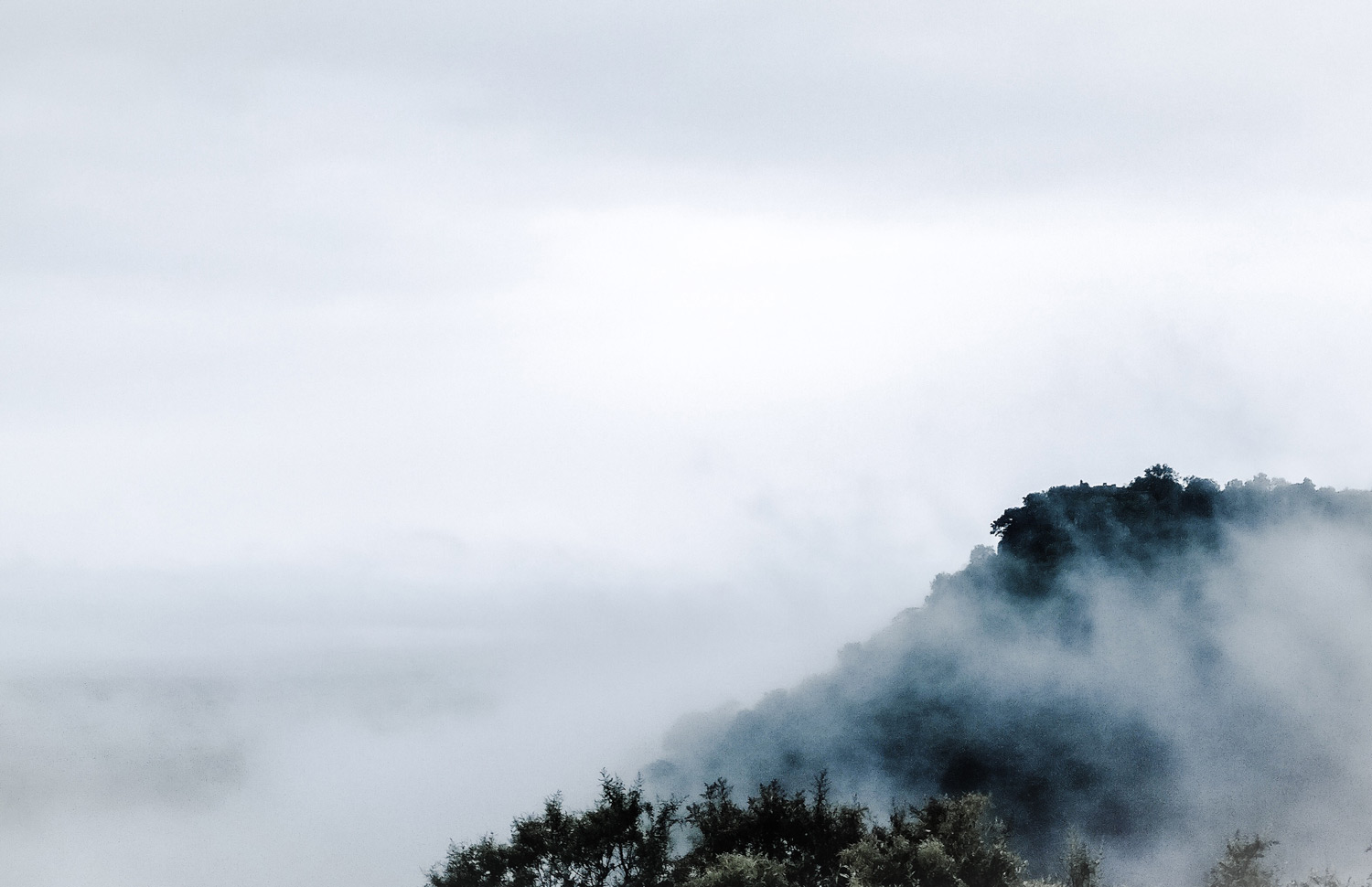
One word: filters. Filters are incredibly diverse and so easy to manipulate on a phone for tweaking a photo just so, either to have it better reflect how the scene made you feel when you captured it, or to create something a little more artsy. Here, an aptly named filter from Photoshop Express simply called “Misty” was applied to this truly misty photo of Angama’s North Camp to make it "pop." [Photograph by Hattie Ramsden, One+ 3]
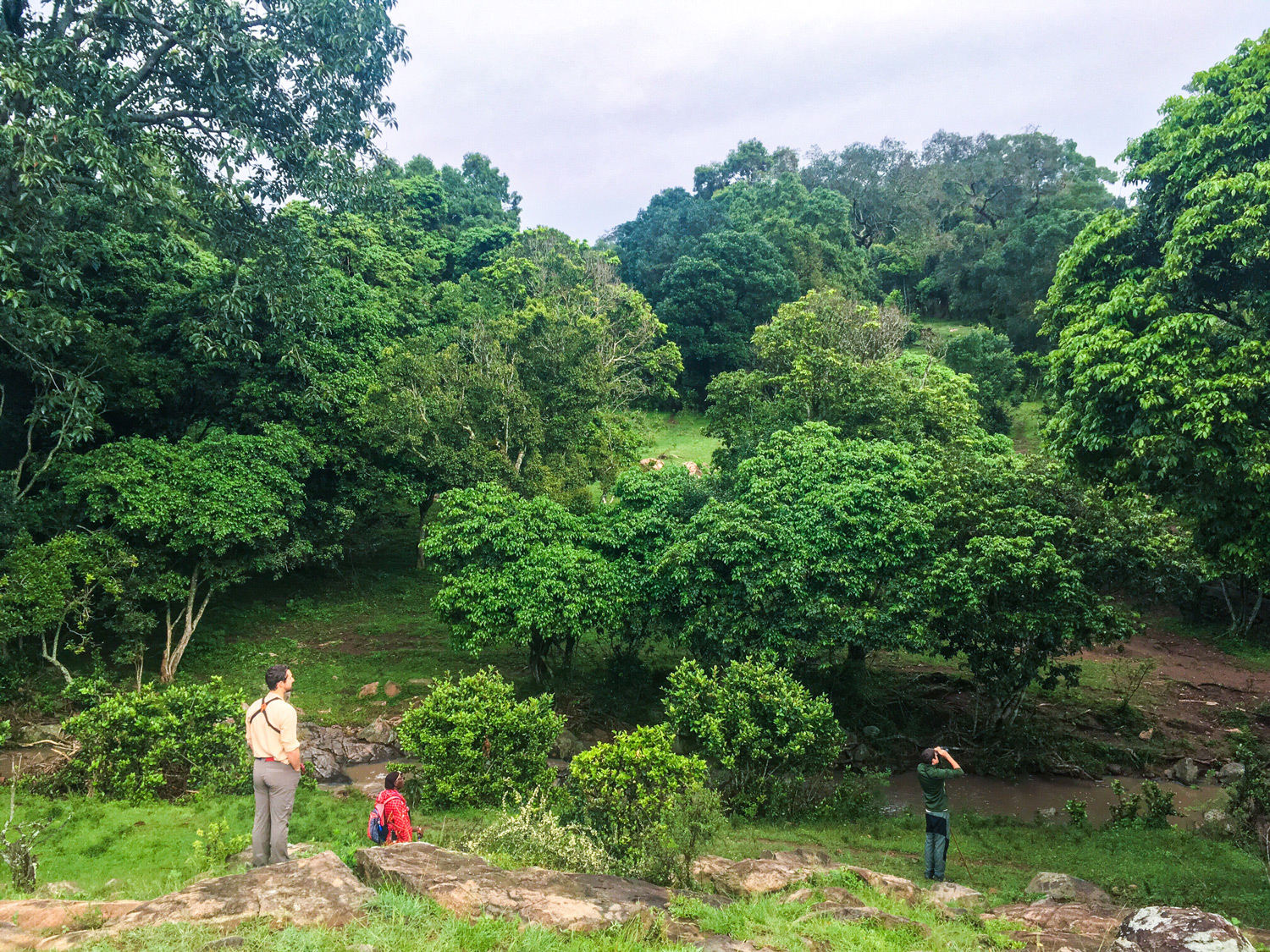
Kind of a hybrid between a candid and a record shot, camera phones do well at capturing a quick and simple image to create a sense of place and a memory of what you were doing when. Here, we went for a fantastic bird walk with Angama naturalist Fred (looking for trogons and turacos in the verdant valley south of Angama), and Jeremy captured it simply but beautifully. [Photograph by Jeremy Goss, iPhone SE]
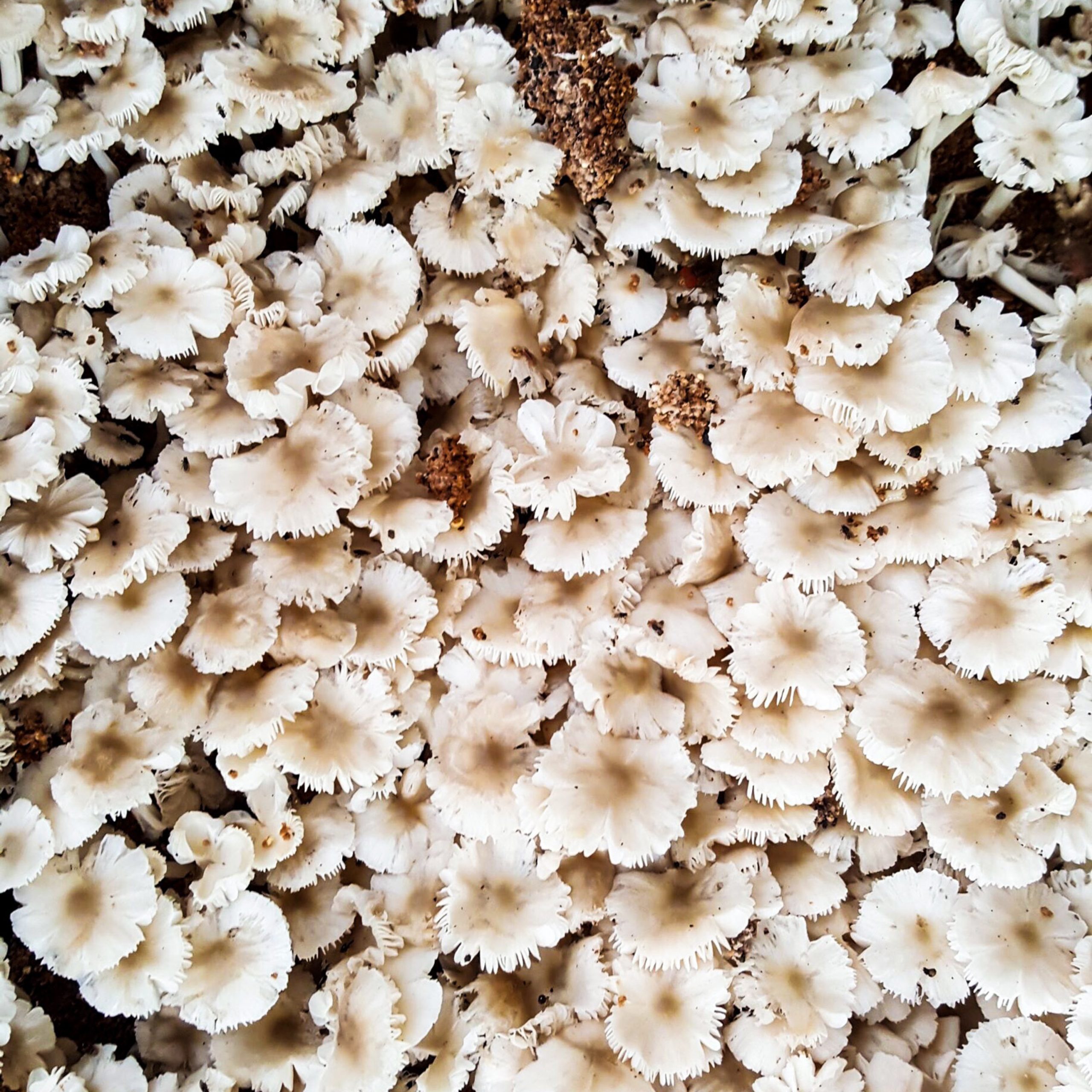


Here are a few other examples of how camera phones can be used for macrophotography, alternative perspectives, and record shots. We later figured out the technicolour moth is a member of the family Lasiocampidae, likely a species similar to Dollmania purpurascens. [Fungi photograph by Nikki Best, Samsung Galaxy S6; Flower and moth photographs by Tyler Davis, iPhone SE]
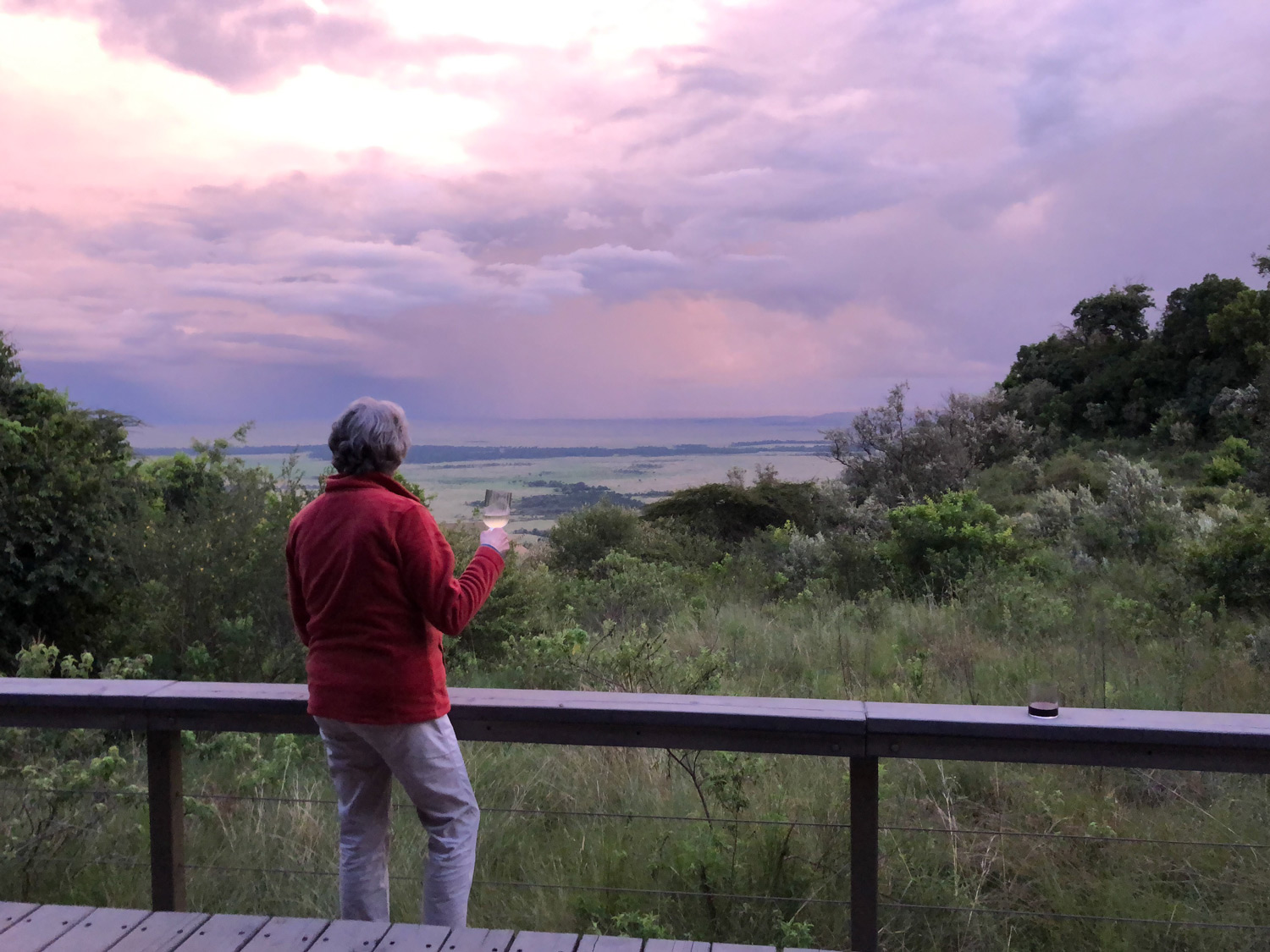

The newer the phone, the more remarkable the camera technology. In the past couple of This Week at Angama blogs, I’ve posted a High Dynamic Range (HDR) photo, because dSLRs can’t quite manage to capture in one photo what our eye sees in extreme lighting conditions (brighter sky and darker foreground, such as at sunrise or sunset, is a prime example). My Mom recently upgraded to the iPhone X, which has an amazing little camera that automatically creates great HDR images. Here are two examples, without any post-editing except for rotational cropping. [Photographs by Kaaren Davis, iPhone X]

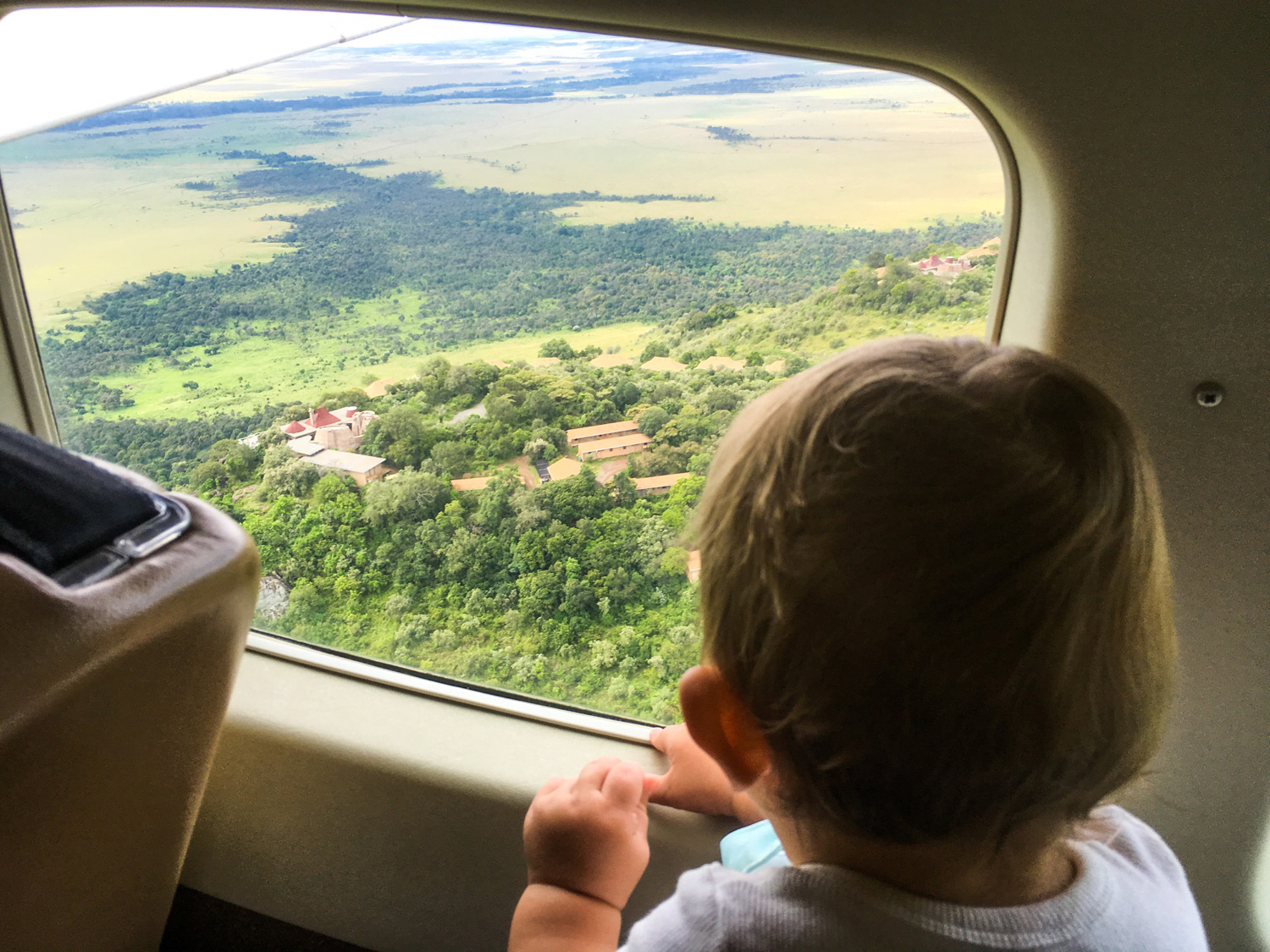
I love how a camera phone can so easily and simply create a sense of place. The second image exemplifies how a phone might be the best tool to capture the bush plane experience. [Photographs by Tyler Davis, iPhone SE]
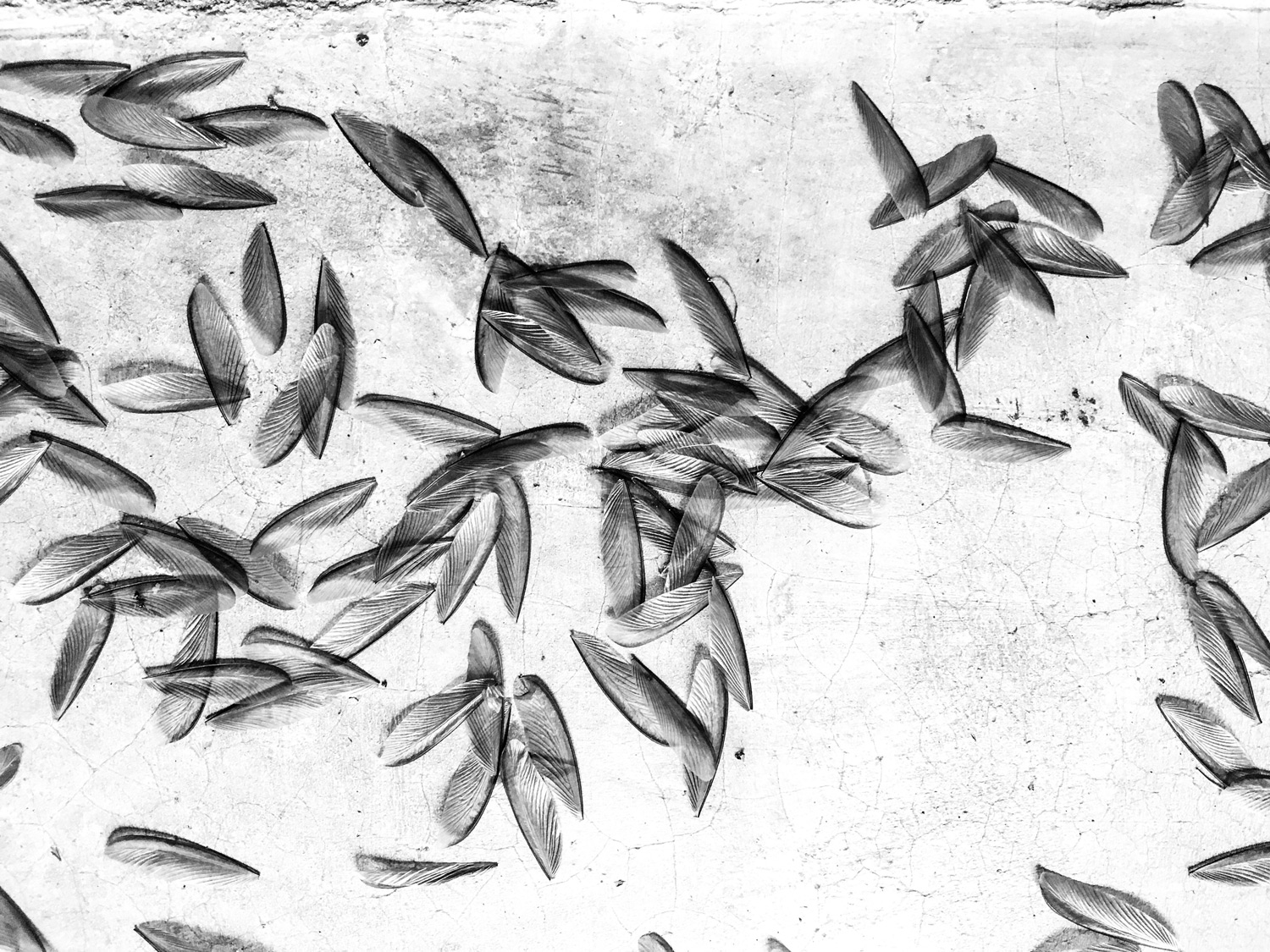
This photo is from a couple weeks ago, but I wanted to share it as a final example of how easy it is to make great photo art with a phone. This took me less than three minutes to photograph, edit with the in-phone app, Photoshop Express, and produce a creative and compelling image of the discarded wings of alate termites after a big rain. [Photograph by Tyler Davis, iPhone SE]
Filed under: This Week at Angama
Subscribe for Weekly Stories
Comments (1):
29 April 2018
Such great photos Ty! Really made me feel like I was back at this heavenly place. The photos of that large tree are particularly awe-inspiring. I'm definitely going to try out that vertical panorama trick. Thanks for these great tips.
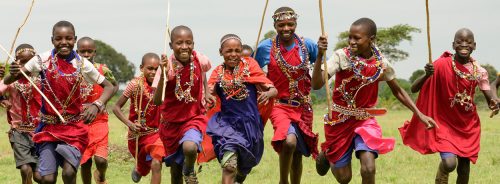
The Angama Foundation